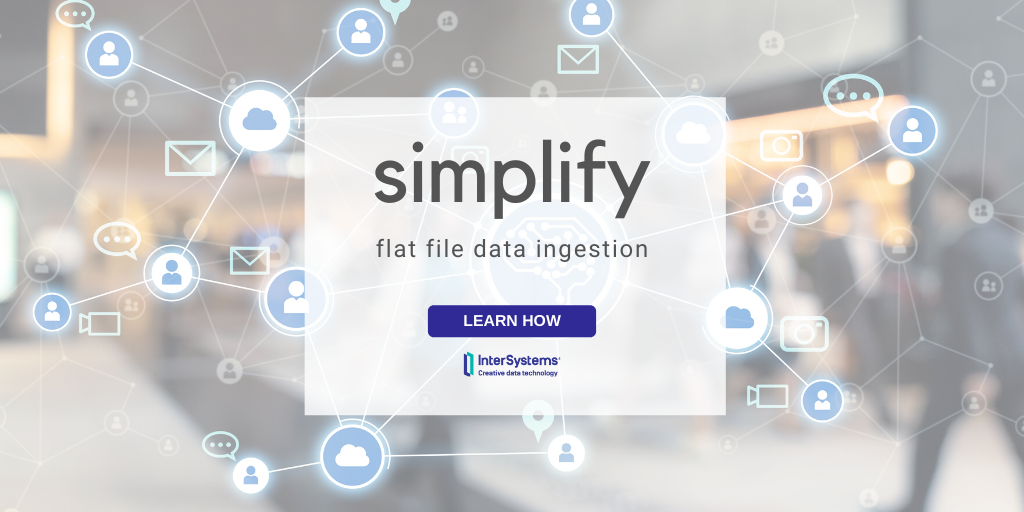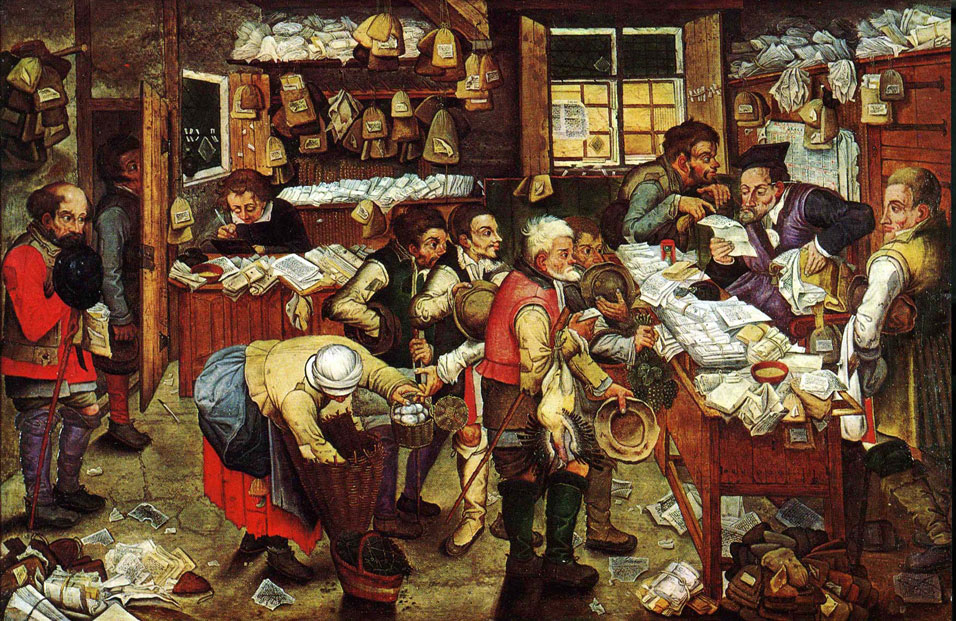Hi Community,
See how X12 SNIP validation can be used in InterSystems IRIS data platform and how to create a fully functional X12 mapping in a single data transformation language (DTL):
⏯ Building X12 Interfaces in InterSystems IRIS
https://www.youtube.com/embed/ppKpMx_MAtg
[This is an embedded link, but you cannot view embedded content directly on the site because you have declined the cookies necessary to access it. To view embedded content, you would need to accept all cookies in your Cookies Settings]









